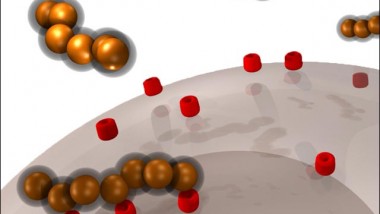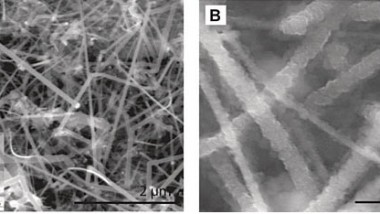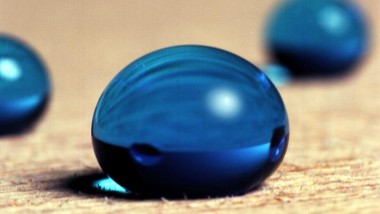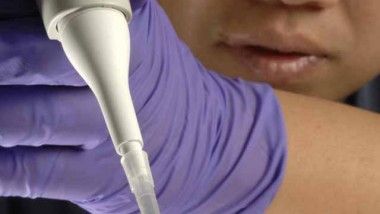In a joint research project, scientists from the University of California, San Diego, the University of California, Santa Barbara, and the Massachusetts Institute of Technology, have designed and created tiny ‘nanoworms’. These miniature devices can be navigated through blood vessels ...
NanoRadio – Smallest Radio Receiver in the World
A group of scientists led by Alex Zettl, a Physicist at the University of California, Berkeley, has developed a nanoscale radio, with a key circuitry consisting of a single carbon nanotube. Today, any wireless device, from cell phones to environmental ...
Nano-Diamonds Might Lead to Quantum Computing
University of Melbourne scientists have managed to create nanometer-sized diamonds, by shooting carbon atoms into glass and the heating the glass. The diamonds’ properties may help in creating quantum computers capable of performing parallel computing tasks that cannot be carried ...
Nanowire Batteries to Hold 10 Times More Power
A team of researchers from Stanford University, led by Yi Cui, assistant Professor of Materials Science and Engineering, have recently succeeded in reinventing the rechargeable lithium-ion (Li-ion) batteries used in laptops, iPods, cell phones, cameras, and other modern electronic devices. ...
Printing Flexible Batteries
Professor George Gruner and a group of scientists at the University of California in Los Angeles have recently fabricated a flexible Carbon Nanotube (CNT) based battery architecture from “nanotube ink”, using cheap and highly scalable materials. Possible applications include powering ...
High Speed Carbon Nanotube Based Chips
A team of electrical engineers from Stanford University and Toshiba have developed nanotube wires that can withstand data transfer speeds comparable to those of commercially available chips. In a paper published in the “Nano Letters” Journal, the researchers reported they ...
Super Water Repellent
John Simpson, a researcher at the Oak Ridge National Laboratory’s (ORNL) Department of Energy, recently developed a super-water repellent (superhydrophobic) material. His invention may lead to the creation of a new class of water repellant products, such as windshields, eyewear, ...
Strong, Light, Transparent Plastic
Researchers from the University of Michigan (UM) have developed a composite plastic, which they say is strong as steel, but much lighter and transparent. The material’s molecular structure mimics that of the iridescent material that lines mussel and oyster shells ...
New Nanoscale Technology for Memory Storage
Researchers from the Center for Applied Nanoionics (CANi) at Arizona State University (ASU) have developed a new type of computer memory, which they say will boost the performance, capacity and battery life of consumer electronics, such as digital cameras and ...
Nanofibers to Create Self-Cleaning Windows
A group of Ohio State University scientists, headed by Dr. Arthur J. Epstein, found that fibers of different heights and diameters can be used to engineer materials with different properties. The scientists also discovered how exposing the fibers to different ...






